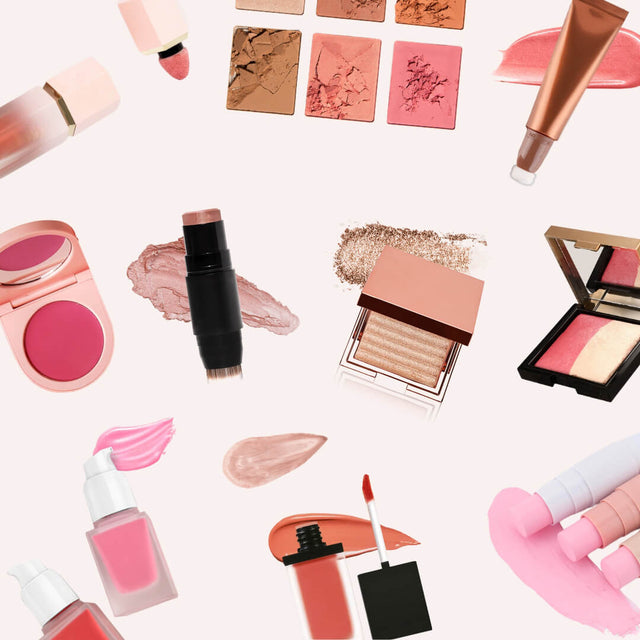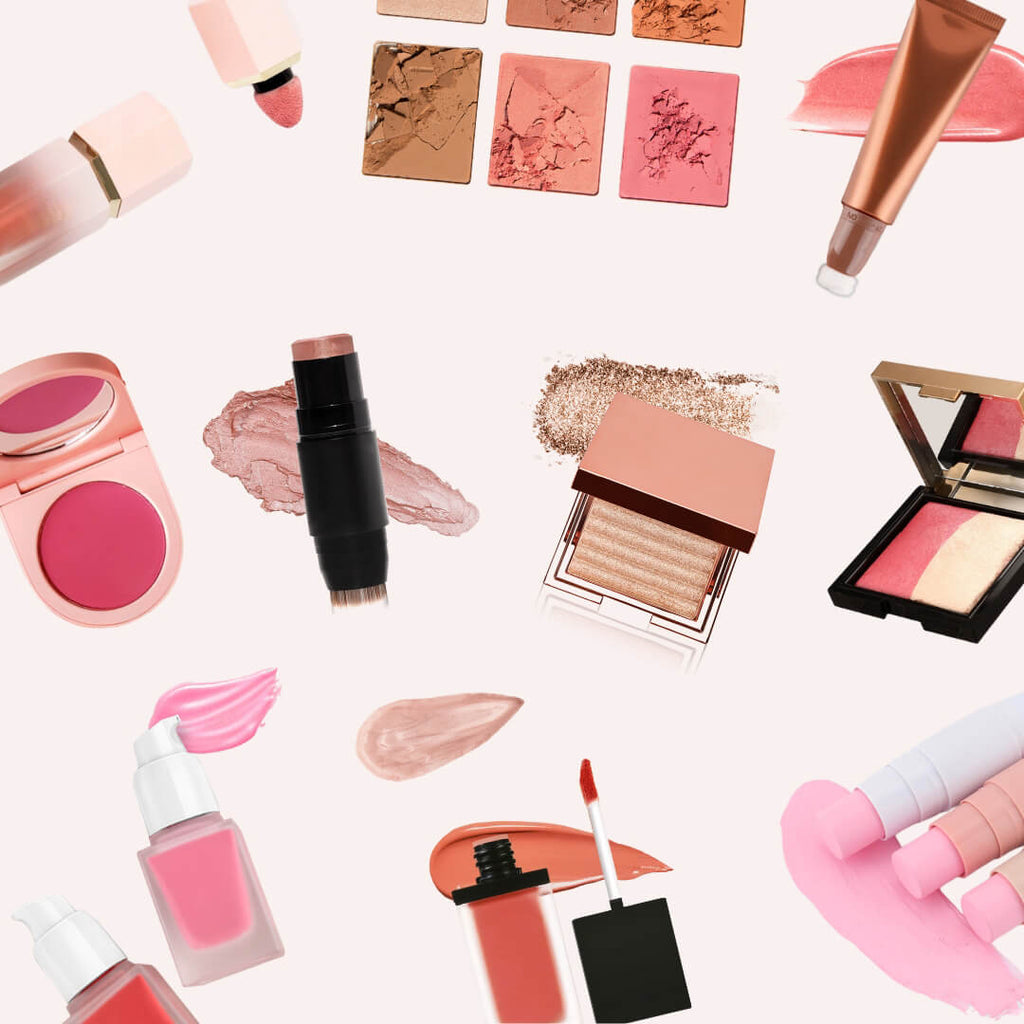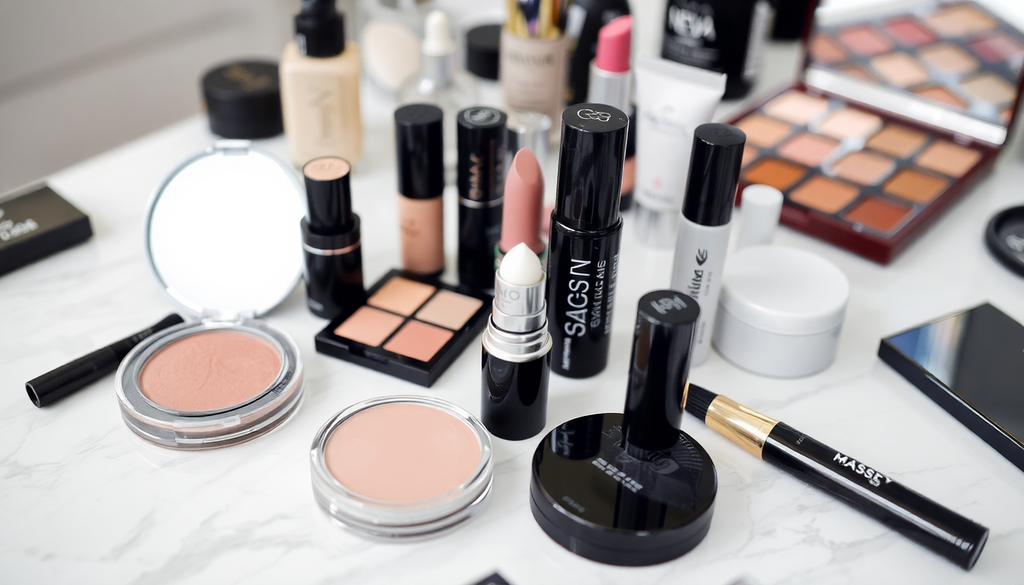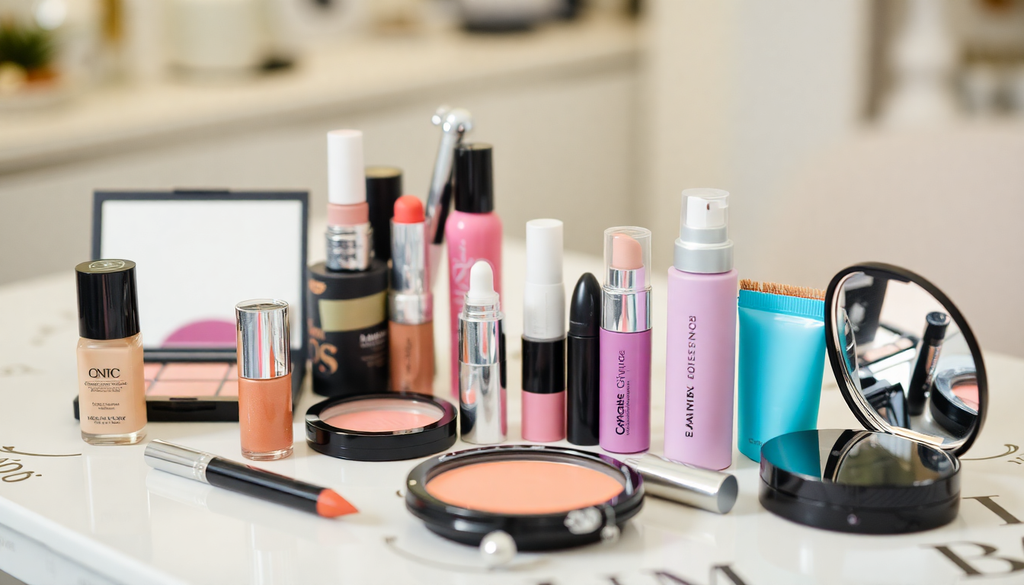
Your Step-by-Step Guide to Launching a Private Label Eyeshadow Palette Business: Navigating Global Makeup Markets in 2025
Introduction
Entering the beauty industry can be an exciting venture, especially with the growing demand for personalized and unique products. In 2025, launching a private label eyeshadow palette business offers a lucrative opportunity to tap into global markets. With the rise of social media influencers and the increasing popularity of makeup tutorials, the demand for innovative and high-quality eyeshadow palettes has never been higher. This comprehensive guide will walk you through the steps necessary to successfully establish your brand, from understanding market regulations to effective marketing strategies.
Step 1: Understand the Global Makeup Market
Before diving into your private label eyeshadow palette business, it's crucial to understand the global makeup market landscape. Different regions have unique characteristics and consumer preferences, making it essential to tailor your approach to each market. Here are some key markets to consider:
- United States: The US is one of the largest cosmetics markets, known for its diverse consumer base. The trend towards clean beauty products is gaining traction, with consumers increasingly looking for formulations free from harmful chemicals. Brands that emphasize transparency and sustainability are likely to perform well.
- European Union: The EU has stringent regulations regarding cosmetic safety and labeling. Familiarize yourself with the EU Cosmetics Regulation to ensure compliance. Additionally, European consumers often favor luxury brands, so premium packaging and high-quality formulations can help you stand out.
- Asia-Pacific: Countries like South Korea and Japan lead in makeup innovation and trends. K-beauty continues to influence global preferences, with consumers seeking unique textures and vibrant colors. Consider incorporating elements of Asian beauty trends, such as multifunctional products and innovative formulations.
- Latin America: A growing market with increasing demand for color cosmetics, particularly in Brazil and Mexico. The Latin American beauty market is characterized by vibrant colors and bold looks, making it essential to offer palettes that cater to these preferences.
- Middle East: The Middle East is witnessing rapid growth in the beauty sector, with a strong preference for luxury products. Consumers here tend to appreciate high-quality cosmetics and are willing to invest in premium brands.
Step 2: Compliance and Regulations
Each market has its specific regulations for cosmetics. Here’s what you need to know:
- Labeling Requirements: Ensure that your product labels meet local language requirements and include all necessary information. Ingredients must be listed in descending order, and any allergens must be clearly indicated.
- Safety Assessments: Most countries require safety assessments for cosmetic products before they can be sold. This may include stability testing, skin irritation tests, and more. Consider hiring a certified professional to conduct these tests and provide documentation.
- Import Policies: Research the import duties and taxes applicable to cosmetics in your target market. This will help you set competitive pricing. Additionally, be aware of any restrictions or bans on specific ingredients in different countries.
- Certifications: Certain markets may require certifications such as cruelty-free, vegan, or organic. Obtaining these can enhance your brand's appeal and align with consumer values.
- Product Registration: Some countries require cosmetics to be registered with a regulatory body before being sold. Ensure you understand the registration process and the documents required.
Step 3: Finding the Right Manufacturer
Choosing a reliable manufacturer is critical for your private label eyeshadow palette business. Consider the following factors when selecting a partner:
- Quality Control: Ensure the manufacturer adheres to high-quality standards and has a solid reputation. Request samples to evaluate the quality of their products.
- Customization: Look for manufacturers that offer customization options for colors, formulations, and packaging. This flexibility allows you to create unique products that resonate with your target audience.
- Minimum Order Quantities: Discuss order quantities that align with your business plan and budget. Ensure that the manufacturer can scale production as your business grows.
- Communication: Establish clear communication channels with your manufacturer. A responsive and transparent manufacturer can help address any issues that arise during production.
- Location: Consider the location of your manufacturer, as it can impact shipping costs and lead times. Working with local manufacturers can reduce logistics challenges.
Step 4: Setting Up Your Online Store
In today's digital age, having a strong online presence is essential for any beauty brand. Here are steps to consider when setting up your online store:
- Choose an E-commerce Platform: Popular options include Shopify, WooCommerce, and BigCommerce. Select a platform that aligns with your business needs and provides scalability.
- Design Your Website: Ensure your website is aesthetically pleasing and user-friendly. High-quality images of your eyeshadow palettes are crucial. Consider hiring a professional web designer to create a visually appealing layout.
- SEO Optimization: Incorporate relevant keywords into your website content to enhance visibility in search engines. Use tools like Google Keyword Planner to identify trending keywords in the beauty industry.
- Mobile Responsiveness: Ensure that your website is mobile-friendly, as a significant portion of consumers shop using their mobile devices. A responsive design will improve user experience and increase conversions.
- Payment Options: Offer a variety of payment options to cater to diverse consumer preferences, including credit cards, PayPal, and digital wallets.
Step 5: Marketing Your Brand
Effective marketing strategies can set your private label eyeshadow palette apart from competitors. Consider these tactics to create a buzz around your brand:
- Social Media Marketing: Leverage platforms like Instagram, TikTok, and Pinterest to showcase your products through influencers and beauty tutorials. Create engaging content that highlights the unique features of your palettes.
- Email Marketing: Build a mailing list and send out newsletters featuring product launches, promotions, and beauty tips. Personalize your emails to create a stronger connection with your audience.
- Content Marketing: Create engaging blog posts and videos related to makeup trends, tutorials, and customer testimonials. This positions your brand as an authority in the beauty space and drives organic traffic to your website.
- Influencer Collaborations: Partner with beauty influencers to reach a wider audience. Choose influencers who align with your brand values and aesthetics to ensure authenticity.
- Paid Advertising: Consider investing in paid advertisements on social media platforms and search engines. Target specific demographics to increase brand awareness and drive sales.
Step 6: Keeping Up with Makeup Trends
To stay competitive, it’s vital to keep an eye on evolving trends in the makeup industry. In 2025, consider focusing on:
- Sustainable Packaging: Consumers are increasingly looking for eco-friendly packaging options. Consider using recyclable materials and reducing excess packaging to align with sustainability trends.
- Inclusive Shade Ranges: Offer a diverse range of shades to cater to all skin tones. Conduct market research to understand the specific needs of your target demographic.
- Innovative Formulations: Explore new ingredients that enhance performance, such as long-lasting or hydrating formulas. Stay informed about emerging trends in makeup technology.
- Virtual Try-Ons: Incorporate augmented reality (AR) technology to allow customers to virtually try on your eyeshadow palettes. This interactive experience can enhance customer engagement and boost sales.
- Clean Beauty Movement: As consumers become more conscious about the ingredients in their makeup, emphasize clean and safe formulations. Highlight your commitment to using non-toxic ingredients on your packaging and marketing materials.
Step 7: Building a Strong Brand Identity
Creating a strong brand identity is crucial for standing out in the competitive beauty market. Here are some steps to help you build a compelling brand:
- Define Your Brand Values: Identify the core values that drive your brand. This could include sustainability, inclusivity, or innovation. Communicate these values clearly to your audience.
- Develop a Unique Selling Proposition (USP): Determine what makes your eyeshadow palettes unique. Whether it’s a special ingredient, a unique color story, or innovative packaging, ensure your USP is communicated in your marketing.
- Create a Memorable Logo: Design a logo that reflects your brand personality. A well-designed logo can enhance brand recognition and attract customers.
- Consistent Branding: Maintain consistency across all platforms, from your website to social media. Consistent branding helps build trust and familiarity with your audience.
Step 8: Gathering Customer Feedback and Iterating
Once your products are launched, gathering customer feedback is essential for continuous improvement. Here’s how to effectively collect and utilize feedback:
- Surveys and Reviews: Use surveys to gather feedback on customer experiences and product satisfaction. Encourage customers to leave reviews on your website and social media.
- Monitor Social Media: Keep an eye on social media channels for mentions of your brand. Engaging with customers directly can provide insights into their preferences and experiences.
- Iterate and Improve: Use the feedback gathered to make necessary adjustments to your products and marketing strategies. Being responsive to customer needs can strengthen brand loyalty.
Conclusion
Launching a private label eyeshadow palette business in 2025 can be a rewarding journey, provided you navigate the complexities of global markets effectively. By following the steps outlined above, you can establish a brand that resonates with consumers and stands out in a competitive landscape. Remember, continuous learning and adaptation are key to long-term success in the ever-evolving beauty industry. As you embark on this exciting venture, keep your focus on quality, innovation, and customer satisfaction to build a thriving makeup business that captures the hearts of beauty enthusiasts around the world.




